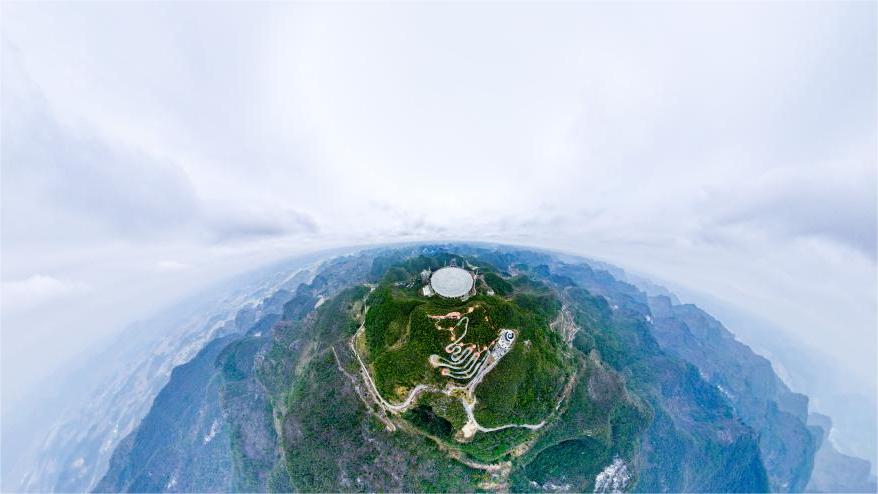Panda fossil site discovered in Asia's longest cave in SW China's Guizhou
GUIYANG, April 18 (Xinhua) -- Chinese experts recently discovered a panda fossil site during a scientific expedition in a cave in southwest China's Guizhou Province.
This latest discovery in Shuanghe Cave, Asia's longest cave, comprised panda skeletal remains and teeth fossils, said Wang Deyuan, an assistant researcher at Guizhou Academy of Sciences, one of the institutes involved in the scientific expedition.
"Based on the degree of tooth wear, it can be inferred that the fossil belongs to an adult panda," Wang said, adding that further testing is needed to determine the specific era it inhabited.
Since 1988, Shuanghe Cave has seen 22 international joint scientific expeditions. So far, over 40 individual giant panda fossils have been found here, with the oldest specimen dating back at least 100,000 years, while the most recent is only a few hundred years old.
"The successive discoveries of panda fossil sites hold significant importance for research on the evolution of the ancient geological environment of Shuanghe Cave, as well as the living conditions of its flora and fauna," Wang said.
As of September 2023, Shuanghe Cave has been measured to be 409.9 kilometers in length, making it the longest cave in Asia and the third longest in the world.
Photos
Related Stories
Copyright © 2024 People's Daily Online. All Rights Reserved.









